With the rising awareness of environmental and health concerns, many of us are looking to reduce our reliance on plastic and aluminum in the kitchen. Simple swaps can have a profound impact on both our well-being and the planet. Here’s how you can start making those changes.
As we uncover the dangers of continuous plastic use, the move towards a sustainable kitchen becomes not only a personal choice but a global necessity. Let’s explore the steps to achieve a greener kitchen and embrace eco-friendly alternatives.
Why is it important to reduce plastic in your kitchen?
Reducing plastic in the kitchen is crucial for both health and ecological reasons. Plastic can leach chemicals into our food, particularly when heated, posing a risk to our health. Environmentally, plastic waste contributes to pollution and harms wildlife. Moving towards a sustainable kitchen reduces these risks and helps preserve the planet for future generations.
Plastic alternatives for food storage are attractive because they avoid the health risks associated with plastic use. Glass containers, for instance, do not contain harmful chemicals that can migrate into food. These eco-friendly choices also reduce our carbon footprint, as they are often made from recyclable materials or are reusable, minimizing waste.
Eco-conscious consumers are increasingly aware of the environmental impact of plastic waste. By switching to alternatives, we can significantly cut down on the amount of non-biodegradable waste that ends up in landfills or, worse, oceans where it can cause severe damage to marine ecosystems.
What are some simple swaps for a greener kitchen?
- Use beeswax wraps instead of cling film for wrapping leftovers.
- Opt for silicone bags over plastic ziplock bags for food storage.
- Choose bamboo utensils to replace plastic kitchen tools.
- Invest in glass or stainless steel containers for storing dry goods and leftovers.
- Switch to plant-based scrubbers instead of synthetic sponges for cleaning dishes.
How can beeswax wraps replace plastic wrap?
Beeswax wraps are an outstanding alternative to plastic wrap. Made from cotton infused with beeswax, resin, and jojoba oil, these wraps are malleable, reusable, and biodegradable. They can be used to cover dishes, wrap sandwiches, or store cheese, and they contribute to a plastic-free kitchen.
These wraps adhere to containers and food items with the warmth of your hands, creating a seal that keeps food fresh. After use, simply wash them with cool water and mild soap and let them air dry. With proper care, beeswax wraps can last for up to a year, making them a cost-effective and sustainable kitchen staple.
Moreover, as part of 12 easy swaps for a sustainable kitchen, beeswax wraps provide a simple yet impactful way to decrease plastic waste. By integrating them into your routine, you’re taking a step towards a healthier and more environmentally friendly lifestyle.

Which reusable options are best for food storage?
When considering reusable options for food storage, glass containers emerge as a top choice. Glass is non-porous, meaning it doesn’t absorb smells or colors, and it’s easy to clean. Silicone bags are another excellent alternative, as they are durable and can be used in a variety of temperatures, from the freezer to the microwave.
Stainless steel containers offer a lightweight and often leak-proof option, perfect for on-the-go meals. Lastly, for dry goods, consider using cloth bags or sustainable food storage solutions such as jars or containers made from natural materials like bamboo or ceramic.
Choosing the right food storage options means considering the type of food, the storage conditions, and your lifestyle needs. However, any reusable option is a step towards reducing plastic waste at home and contributing to a healthier environment.
How to choose eco-friendly kitchen utensils?
When selecting eco-friendly kitchen utensils, look for materials that are sustainable and durable. Bamboo utensils are a popular choice as bamboo grows quickly, making it a renewable resource. Wooden spoons and spatulas from sustainably harvested forests are also good options.
Consider utensils made from recycled materials or those that are recyclable at the end of their life. It’s also beneficial to choose items that are designed for longevity, reducing the need for frequent replacements. Quality over quantity is key in a sustainable kitchen.
Lastly, think about the end-of-life options for your kitchen tools. Plant-based scrubbers and natural bristle brushes can be composted, reducing waste even further. It’s all about making informed decisions that align with sustainable living values.
What are the benefits of using glass containers?
Glass containers offer numerous benefits in the kitchen. They are healthier cooking with glass containers because glass doesn’t leach chemicals into food, even when heated or refrigerated. They are also incredibly versatile and can be used for storing a variety of food items, both in the fridge and pantry.
Another advantage is their longevity. Glass containers can last for years if cared for properly, making them a cost-effective choice in the long run. They’re also easy to clean, often dishwasher-safe, and do not retain odors or stains.
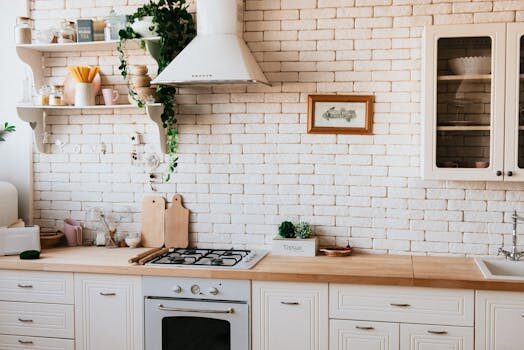
The transparency of glass makes it simple to identify contents at a glance, helping to reduce food waste by preventing forgotten leftovers. Additionally, as part of green kitchen solutions, glass storage solutions are recyclable, thereby contributing to a more sustainable household.
How can you gradually transition to a plastic-free kitchen?
Transitioning to a plastic-free kitchen doesn’t have to be overwhelming. Start by assessing which plastic items you use most frequently and phasing them out with sustainable alternatives. Beginning with small changes like swapping out plastic wrap for beeswax wraps or using a reusable water bottle can build momentum for larger changes.
As you run out of plastic items, replace them with more eco-friendly cooking tools and storage solutions. Visiting stores that sell products in bulk can reduce the amount of packaging waste you bring home. Moreover, engaging with community resources such as local swaps or eco-friendly shops can provide support and ideas.
The key is to make changes progressively. Each small swap will compound over time, resulting in a significant reduction of plastic waste. Remember, the goal is progress, not perfection; even small steps towards reducing plastic exposure in food and the kitchen overall can have a profound impact.
For a closer look at how to make these swaps effectively in your kitchen, let’s take a look at this video:
Related Questions on Reducing Kitchen Plastics and Aluminum
What is the best substitute for plastic kitchen utensils?
The best substitutes for plastic kitchen utensils are those made from sustainable materials such as bamboo, wood, or stainless steel. These materials are not only eco-friendly but also durable and safe for use with food. Bamboo, in particular, is a fast-growing, renewable resource that makes for lightweight and naturally antimicrobial kitchen tools.
Another excellent option is silicone, which can withstand high temperatures and is non-toxic. When shopping for alternatives, consider the longevity and recyclability of the product to ensure that you are making a sustainable choice for your kitchen.
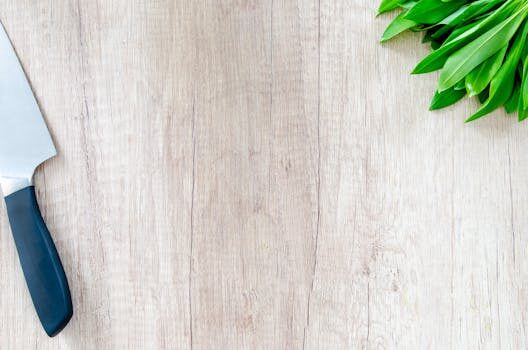
How to get rid of plastic in your kitchen?
To eliminate plastic from your kitchen, start by identifying single-use plastics and replacing them with reusable options. For instance, silicone bags can replace plastic sandwich bags, and glass containers can take the place of plastic Tupperware. Be mindful when shopping and choose products with minimal or no plastic packaging.
Additionally, participate in recycling programs in your community and dispose of any remaining plastic items responsibly. Educate yourself on the types of plastics that are recyclable and those that are not to ensure proper disposal.
How to have a plastic free kitchen?
Creating a plastic-free kitchen involves both removing existing plastics and preventing new plastics from entering. Invest in alternatives like glass, stainless steel, or bamboo products. When purchasing new items, look for those with eco-friendly packaging or buy in bulk to avoid packaging altogether.
Consider making your own cleaning products to avoid plastic bottles, and use fabric shopping bags and produce bags to further reduce reliance on plastics. It’s a process that takes commitment, but the positive impact on the environment and your health is well worth the effort.
How to dispose of black plastic kitchen utensils?
Disposing of black plastic kitchen utensils can be challenging as they are often not accepted in standard recycling streams due to the carbon black pigment, which makes them difficult to sort. The best approach is to first check with your local waste management facilities to see if they accept black plastic.
If recycling is not an option, consider upcycling or donating them if they are in good condition. Otherwise, as a last resort, they will need to be disposed of as general waste. Going forward, choose utensils made from recyclable or biodegradable materials to avoid this issue.
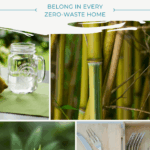 Natural alternatives to plastic toothbrushes – and why you should make the switch
Natural alternatives to plastic toothbrushes – and why you should make the switch
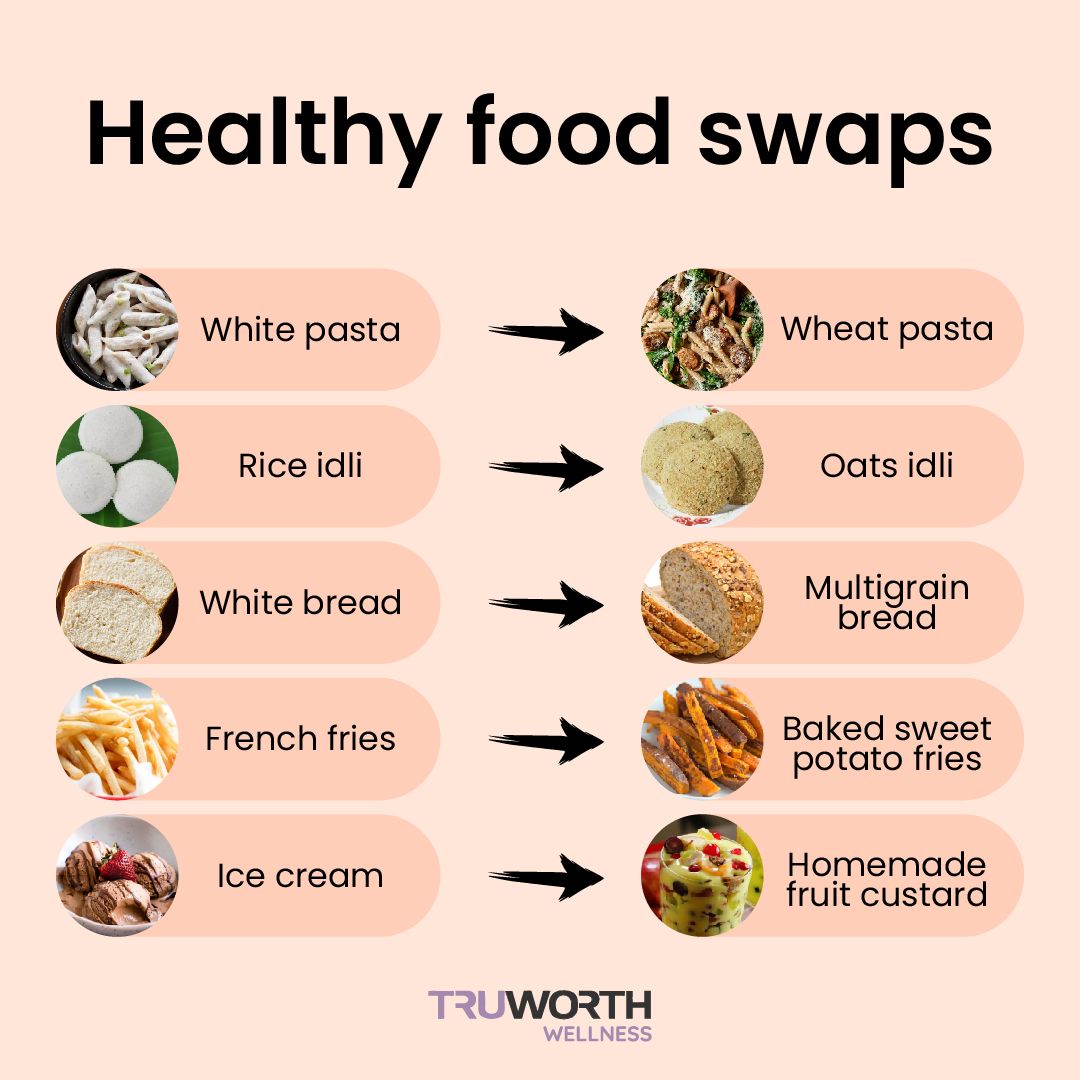
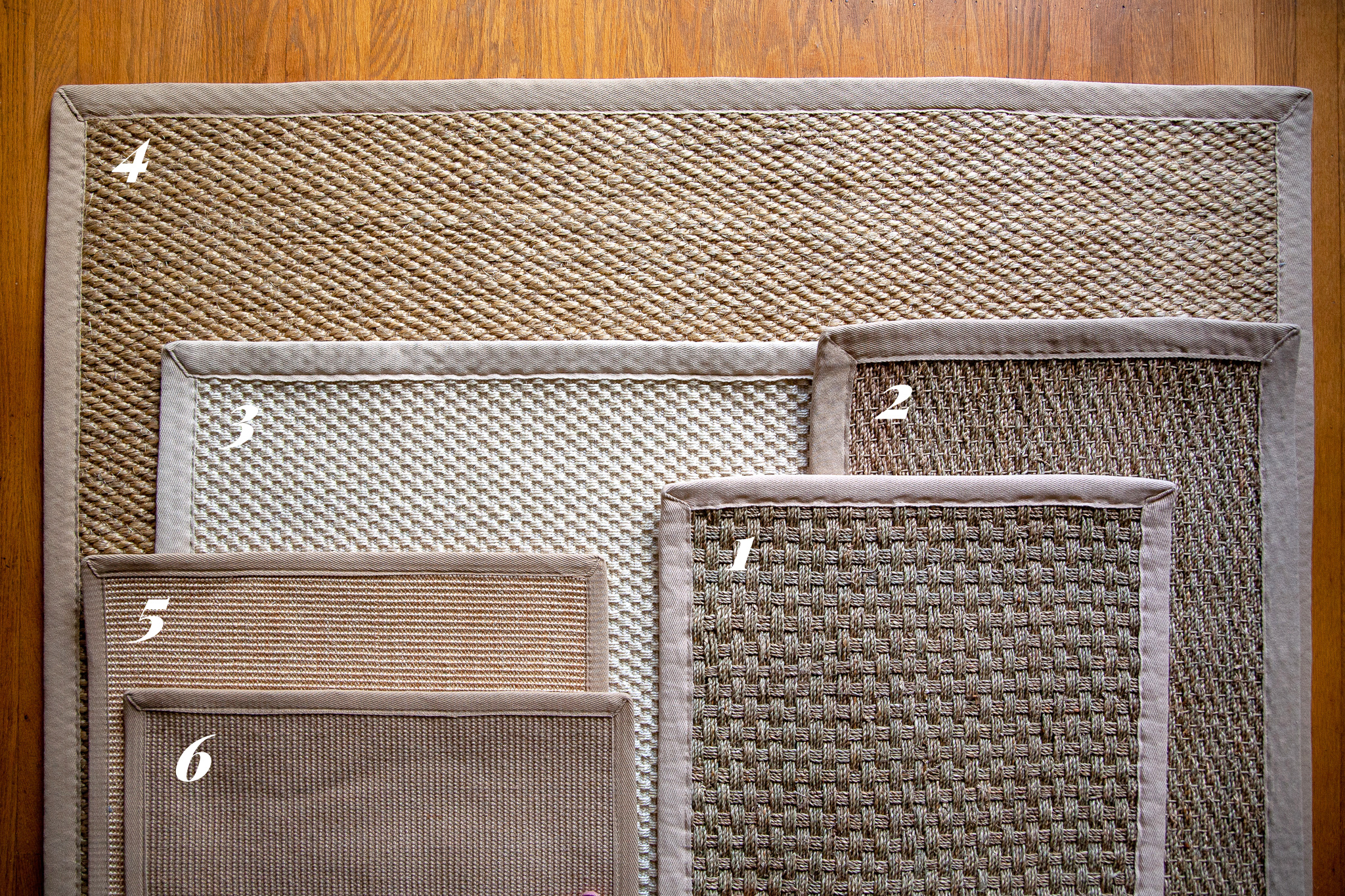
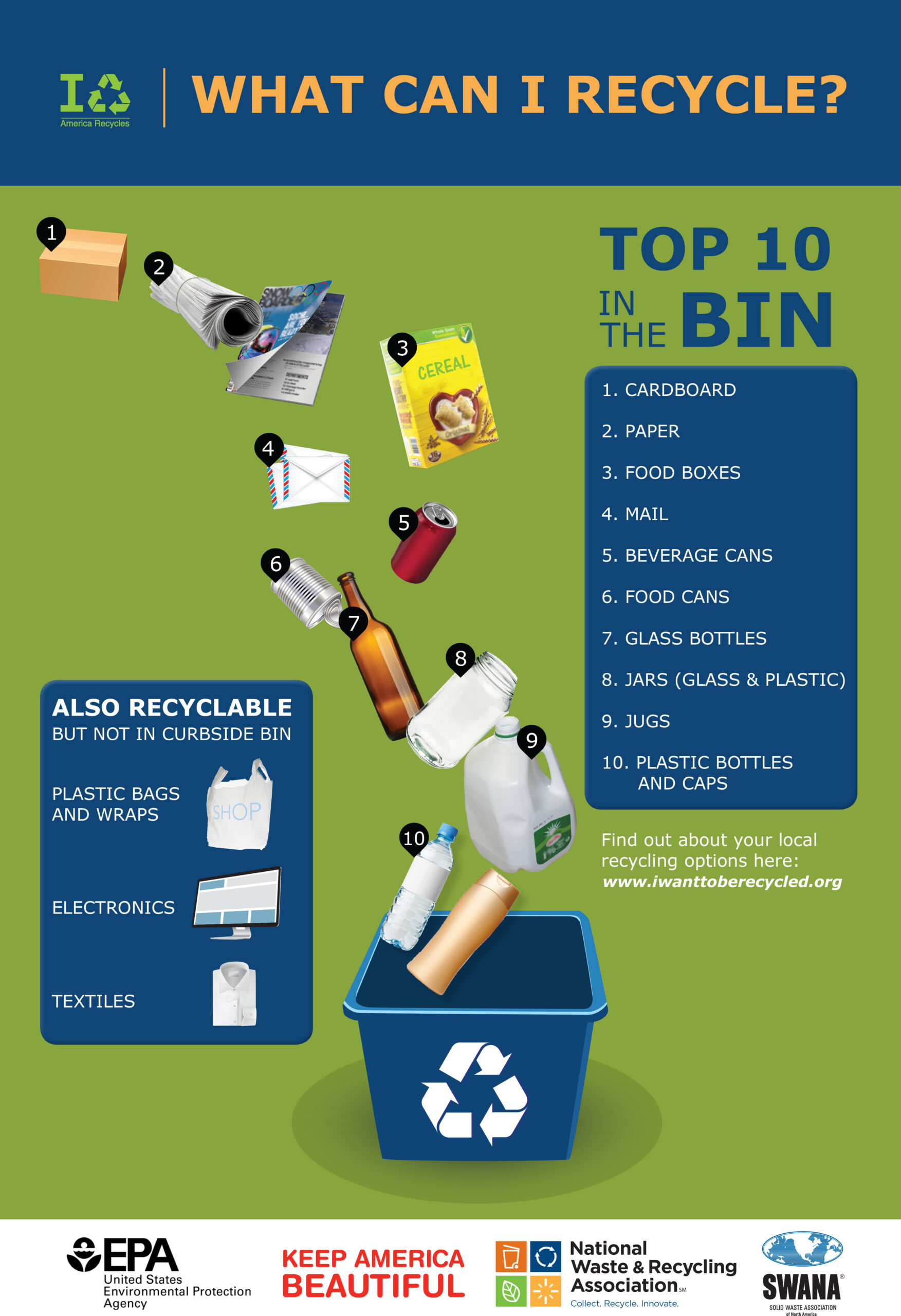


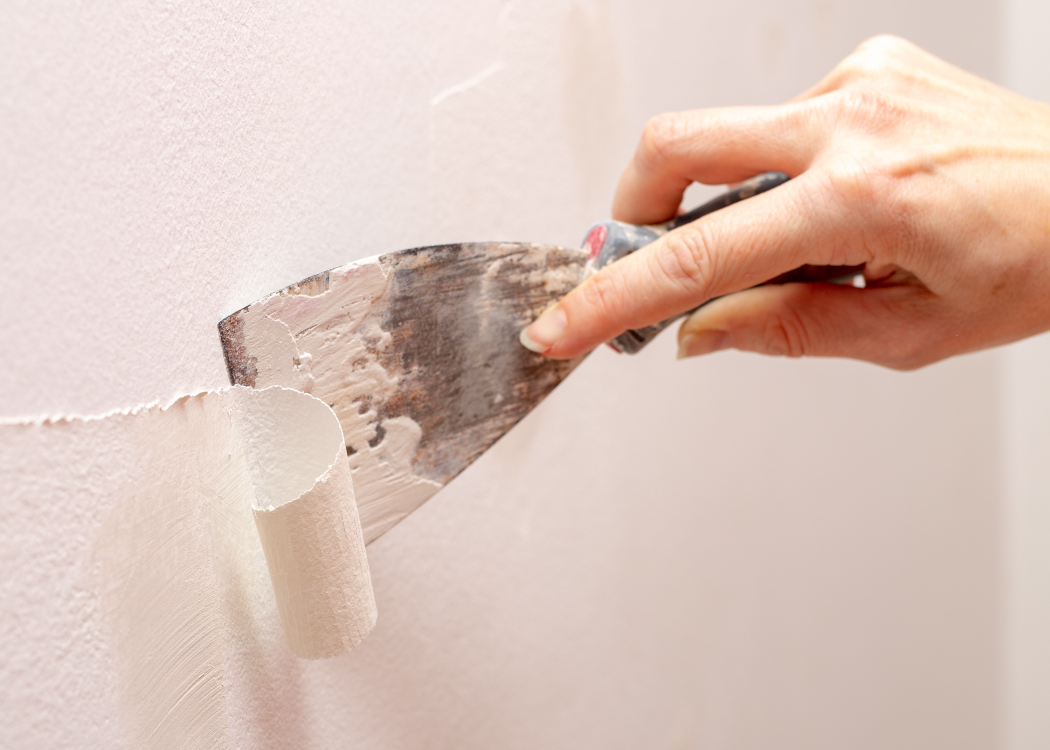
This post is super insightful and really breaks down the shift towards a more sustainable kitchen in a practical way. I love how you’ve highlighted easy swaps like beeswax wraps and glass containers—simple changes that can make a big difference for both our health and the planet. It’s encouraging to see how manageable it is to start reducing plastic, even with small steps. Thanks for sharing these ideas!